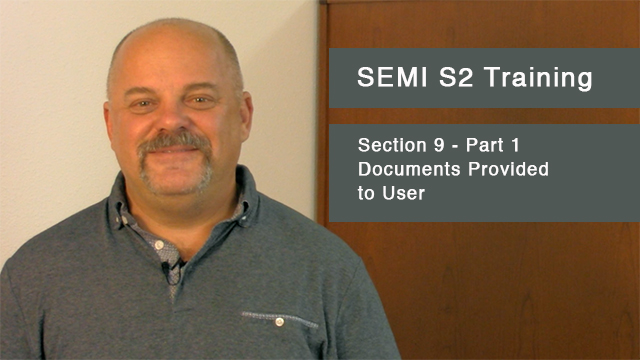This part of SEMI S2 outlines the documentation, drawings, manuals, and data you will need to provide to the purchaser of the equipment. All the details they will need to install, operate, maintain, and decontaminate the systems at end of life. These details also include all safety warnings and actions that they must take to prevent a failure or an injury, so in part these documents are your due diligence for providing safe equipment and reducing liability for you and your customers. This is our continuing video training series on SEMI S2, the safety guideline that provides details for the design, implementation, and documentation of semiconductor manufacturing equipment and ancillary equipment to those processes.
(Link to video also available here: https://youtu.be/A7A0eY0g8z0 )
Our CEO, Steve Barcik Amstel is continuing now with Section 9. Last time he spoke about documentation that would need to be provided to the evaluator, to an evaluator like us here at High Tech Design Safety. If you have that documentation together then you get a good package to your evaluator and you get through the process more easily and simply.
Now we are going to talk about documentation you will provide to your end user, the person buying, installing, and operating your equipment. This is critical information for them to be able to operate it, understand it, maintain it and do those things safely, economically, efficiently, with low life-cycle costs. All of these things play into this documentation set.
It would be really nice if there was a way to quantify the value of that set to an end user and maybe one day we will do that video. However, today we are going to mainly talk about those documents you will provide to the end user.
This is the first normative section of SEMI S2, meaning as part of the evaluation, we will check that each of the line item documents, if it is required, is present, thorough, complete and meets the related standard for how it should be put together and what information it might include. I will give you examples of that as we go along.
The first normative section of Section 9 – Documentation Provided to User is Section 9.2 which states that you have to give the evaluation report created during a SEMI S2 evaluation to the end user…if they request it. Not everybody is going to ask for it, and all large companies will require SEMI S2 certification and the reports. National labs, research organizations and universities will all ask for this information.
The evaluation report would either be supplied as a summary of SEMI S2 evaluation or the evaluation in its entirety. And then a narrative must be created for any non-conformances in the report saying… what is the hazard, how is it mitigated, and then a risk assessment to SEMI S10 done about that mitigation. So, you would say that there is whatever the hazard, the risk without the mitigation is here and then with mitigation the risk ends here. This is the general outline of SEMI S10 pretty quickly.
The next information required is Section 9.3 – Seismic Information, meaning all the documentation and a professional engineer, certified person reviewing the structural design of the product to the international building code seismic section and that the design and construction will meet certain load requirements. There are also local codes that deal with earthquake protection so be sure that the end users earthquake protection requirements don’t exceed those of the one’s selected for the equipment. Generally, we select the most stringent requirement, but still we are saying that the factor is slab on grade so that it isn’t on an upper story and that it has certain acceleration rate based on the international building code. That data will be included in the package. Seismic information will be included in the international building code, the uniform building code, and local building code requirements. Specific areas of the world have much more stringent seismic requirements including in the USA the following states California, Oregon, Washington and globally Japan, to a lesser extent Korea and other countries with significant seismic activity.
This wraps up this part of Section 9 and we will continue with the next part of Section 9 that talks about Environmental Documentation in our next video.
Remember SEMI S2 includes dozens of standards like, NFPA 79 which deals with the electrical and safety design of industrial equipment, IEC 60204 which also deals with the electrical and safety design of industrial equipment however with a more stringent requirements as it is an international standard. Other standards are also included the CDRH for lasers, and x-ray equipment. And other semi standards including SEMI S3 for heated chemical sources, semi S14 for fire risk assessment which is mandatory for any equipment that uses flammable or ignitable gases or liquids including the vapors from those liquids.
Please be sure to like and subscribe below. It really helps us out. And let us know what you think of the video training on SEMI S2.


